Courses
Courses
General
- From Bad Scrum to True Scrum
eBook Download - Scrum@Scale Framework
Events
About
Agilize you team. Grow into productivity powerhouse.
Agile methods and the Scrum Framework are innovative new methods of working used by leading companies worldwide to create exciting products. This 1-day course provides participants with the knowledge and skills required to apply Agile and Scrum to their work and helps them understand how these methodologies can benefit their organisations. Get introduced to Design Thinking, Lean Startup and use them in your Agile development cycle.
1-Day crash course to learn design thinking, lean startup, Scrum and Agile. Able to start working in Agile & Scrum immediately after class.

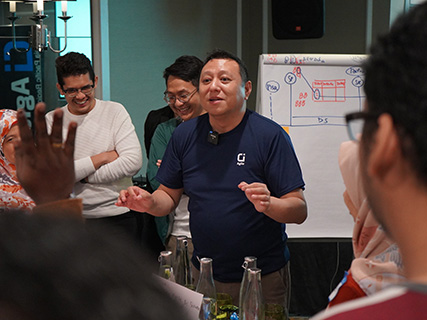
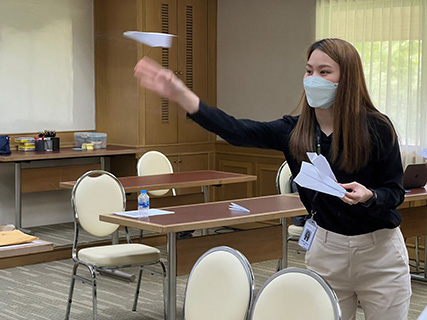
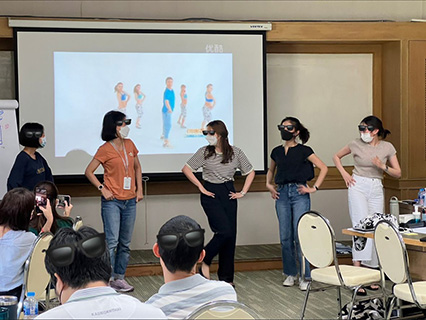
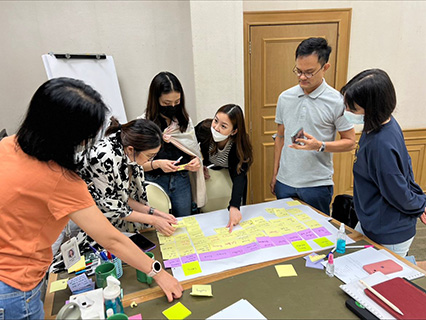
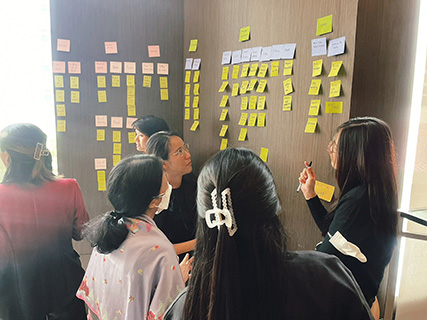
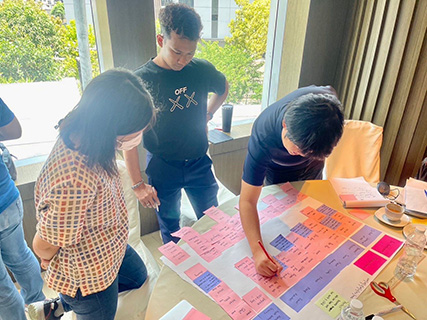
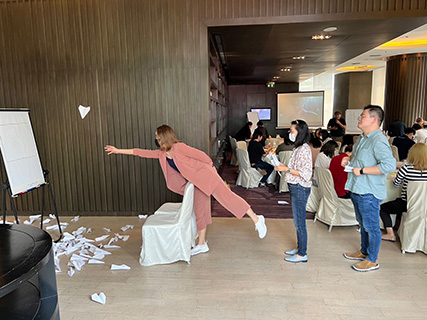
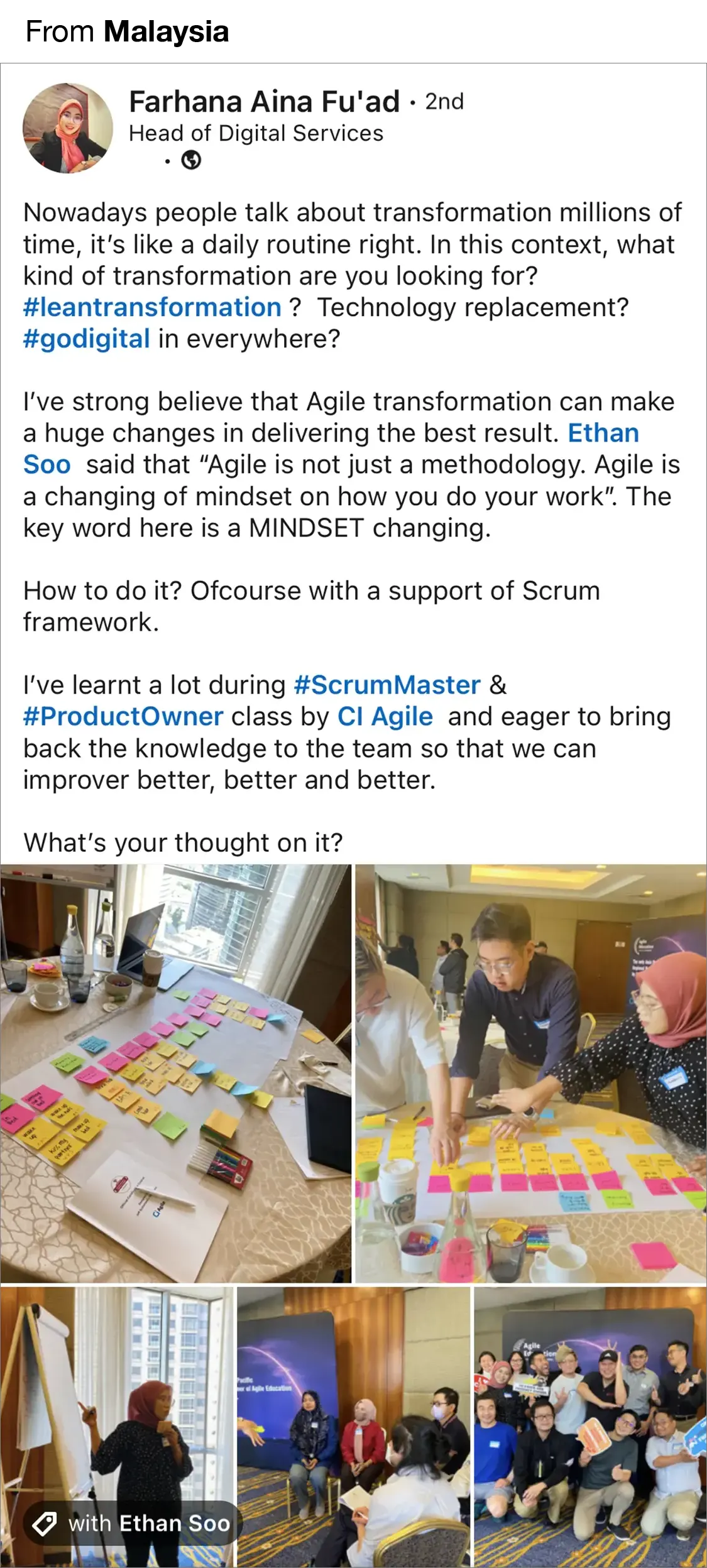
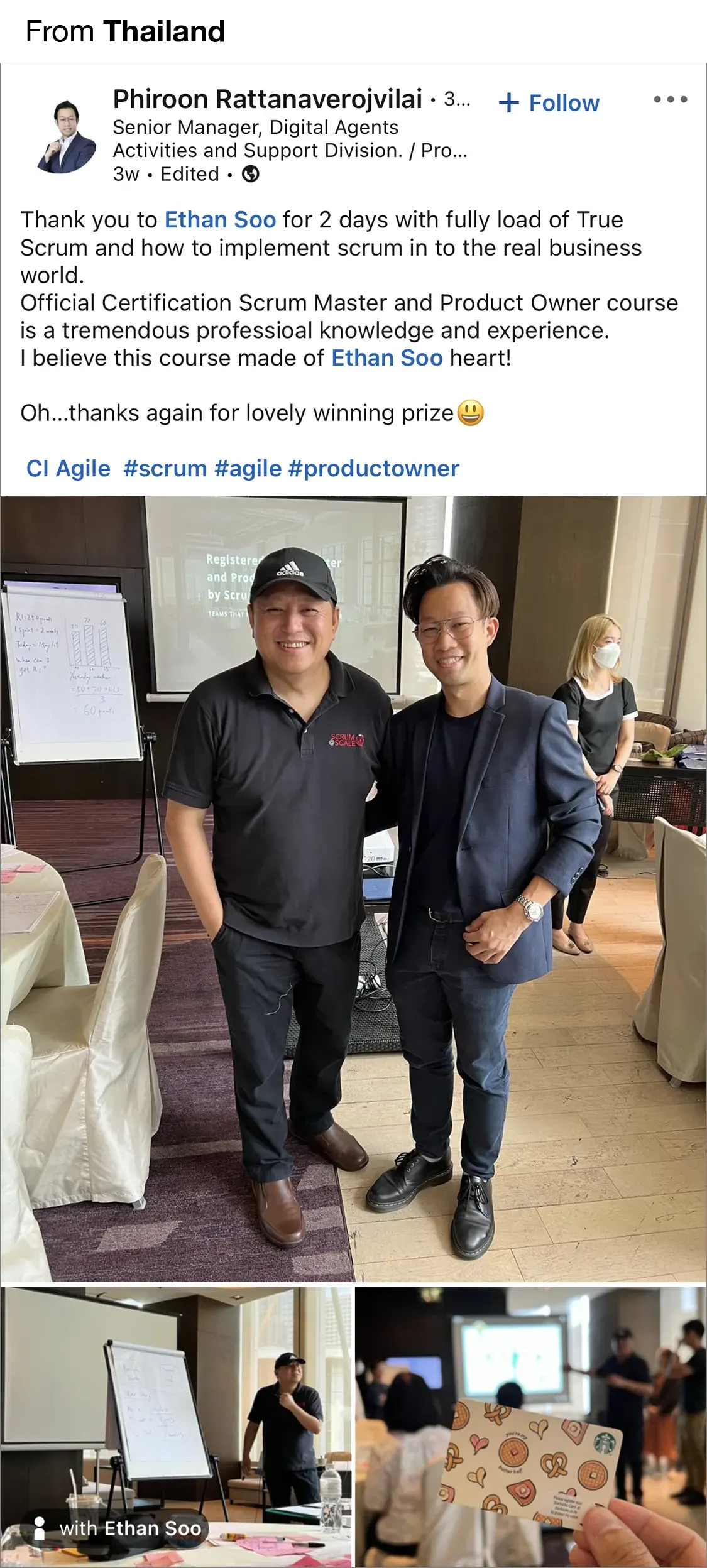
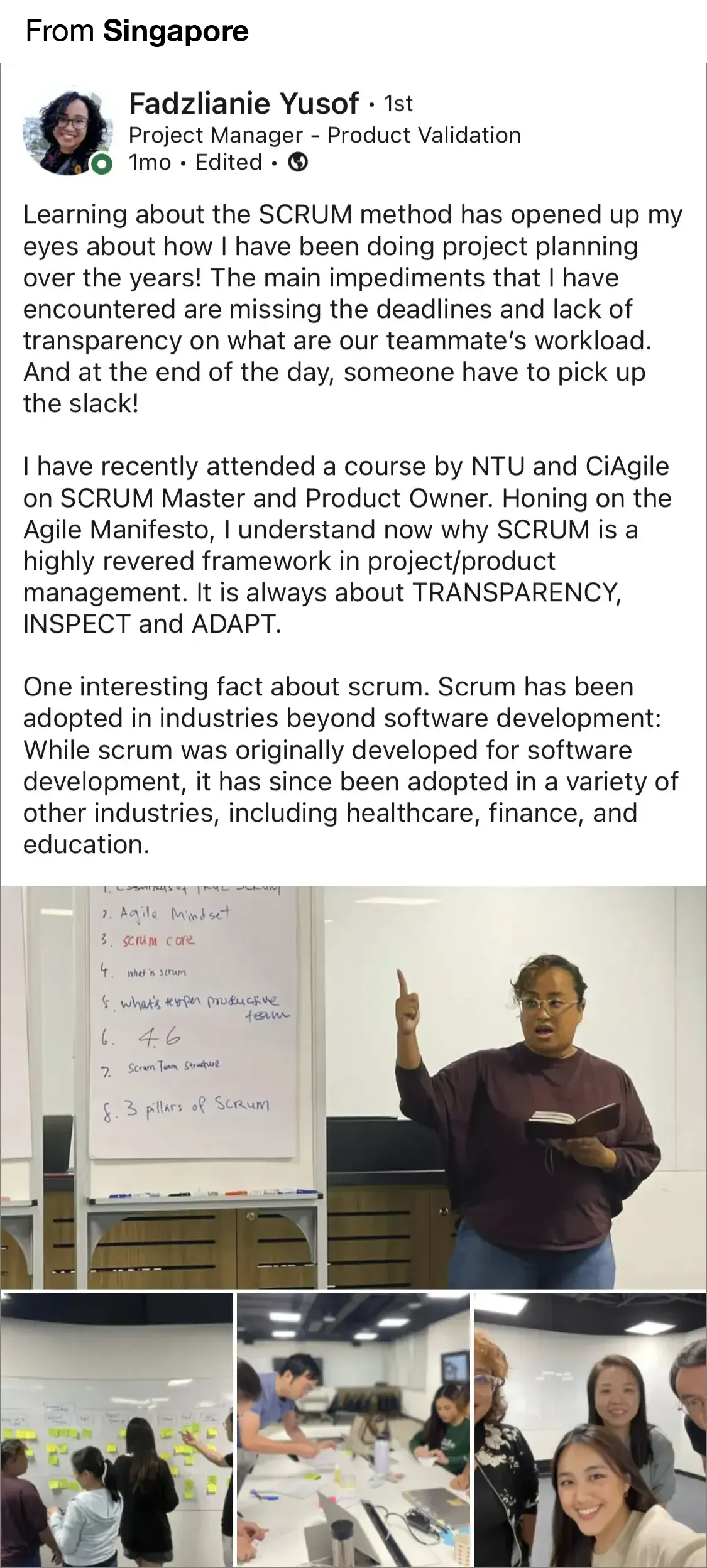
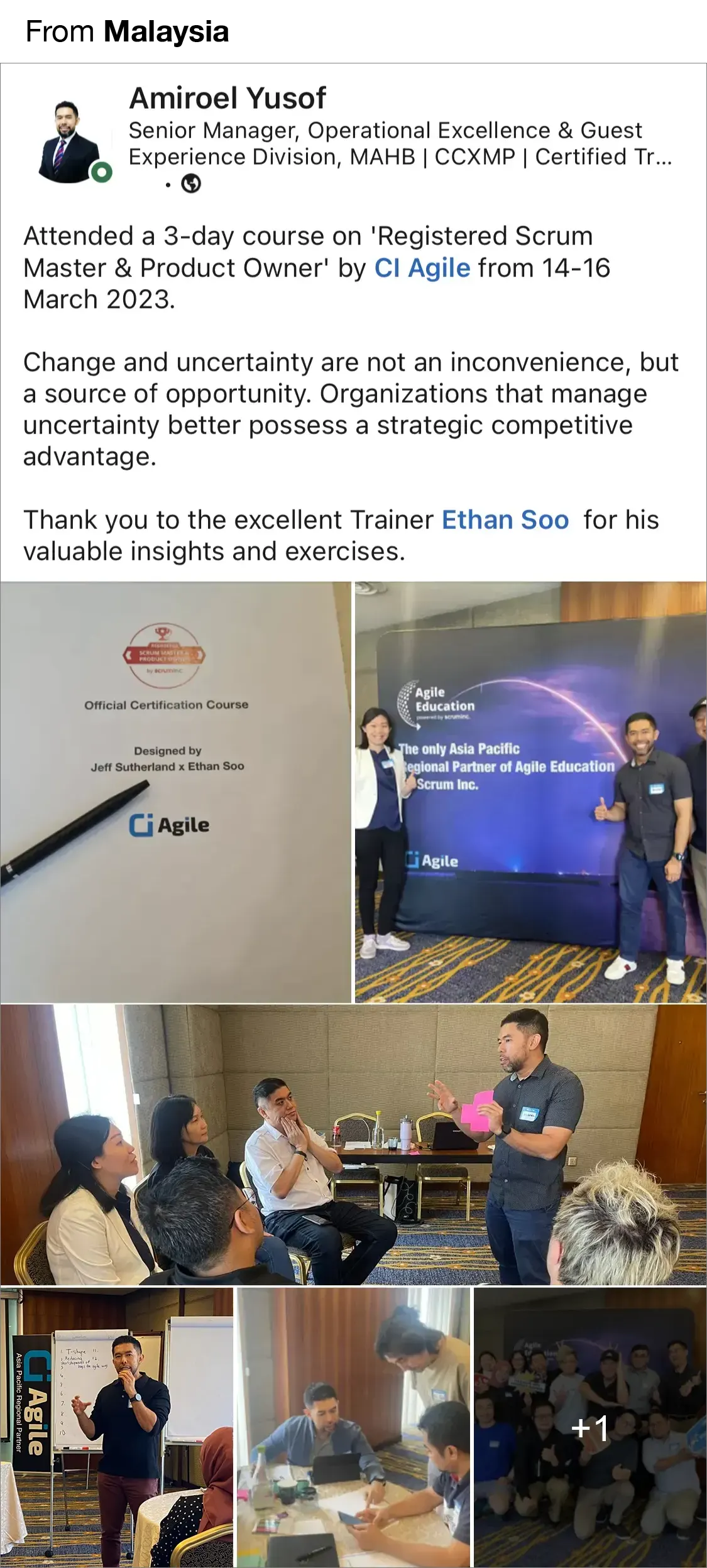
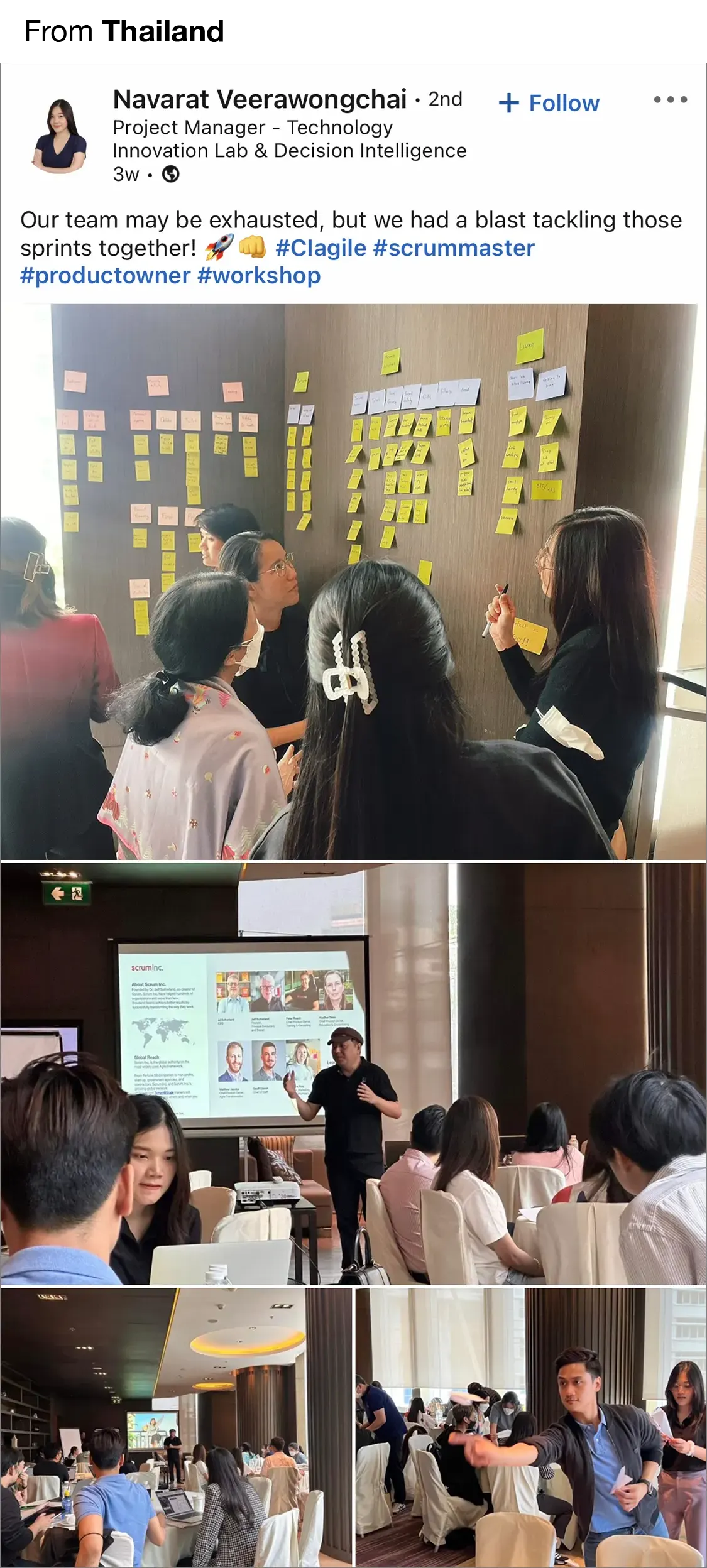
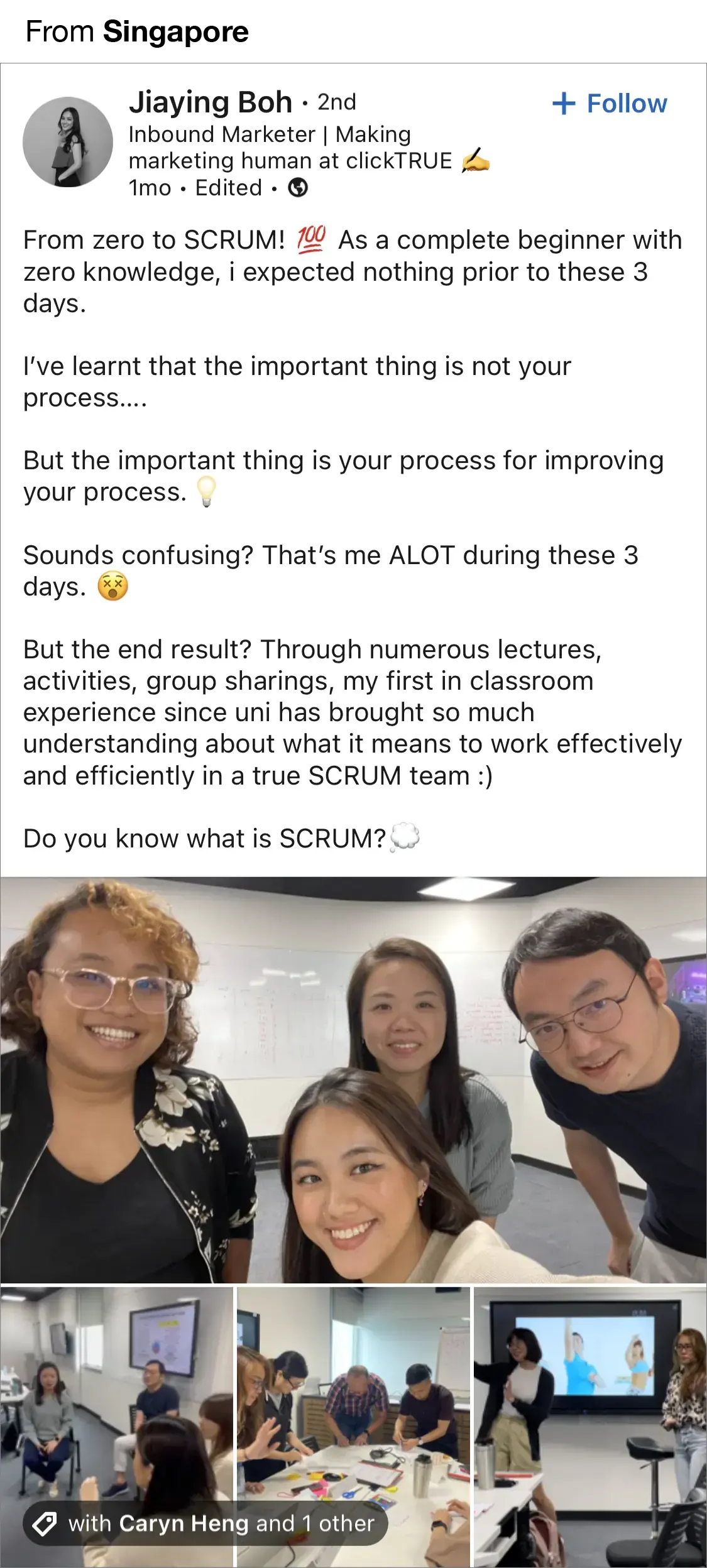
Reach out to us today to learn more about our tailored corporate training solutions and start on the journey towards unparalleled success in your projects!
Explore The Customers' Problems
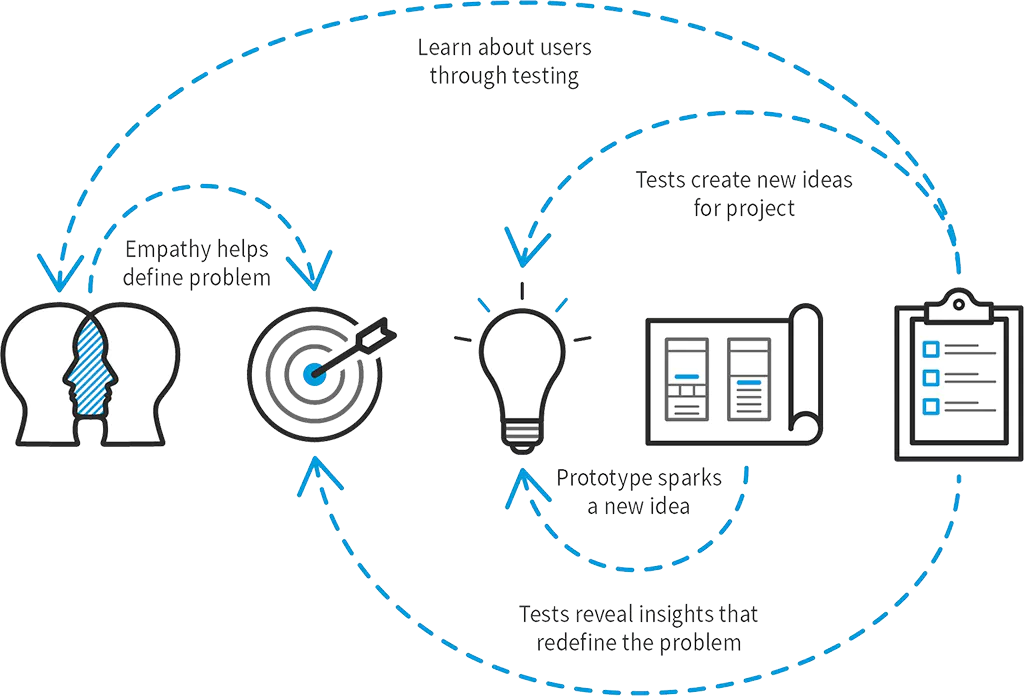
Build The Right Product
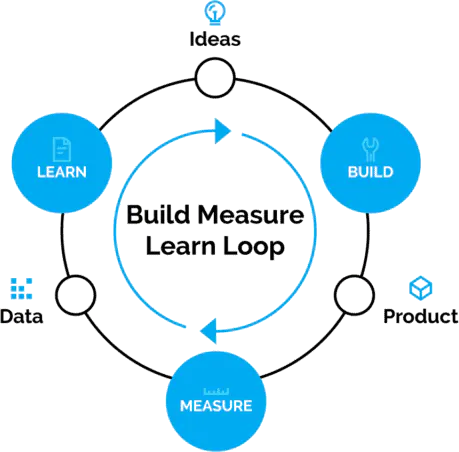
Build The Product Right
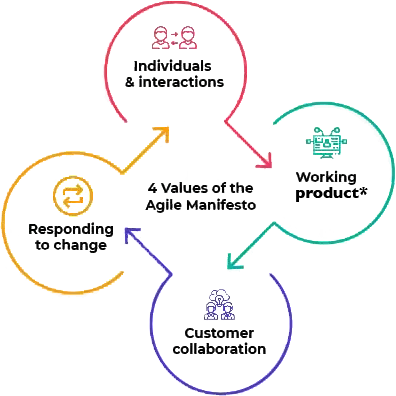
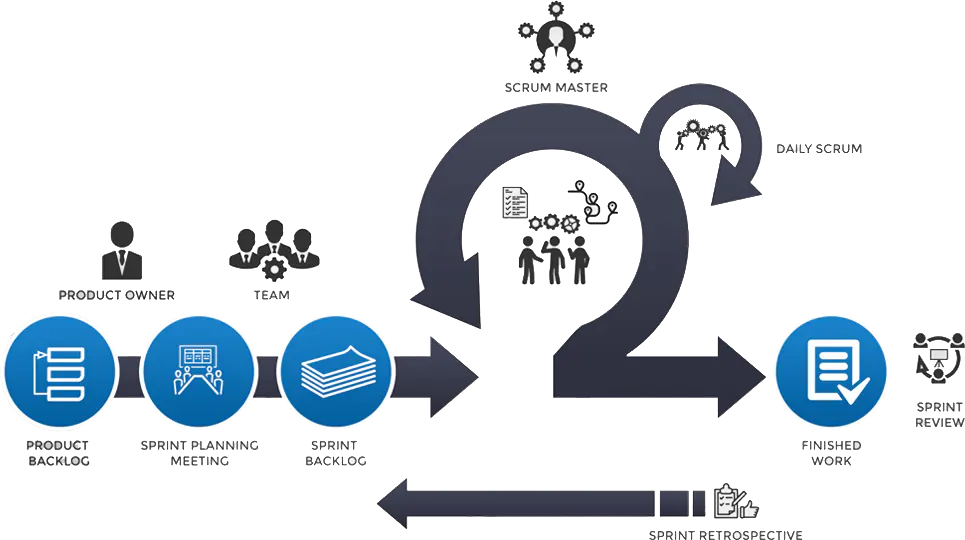
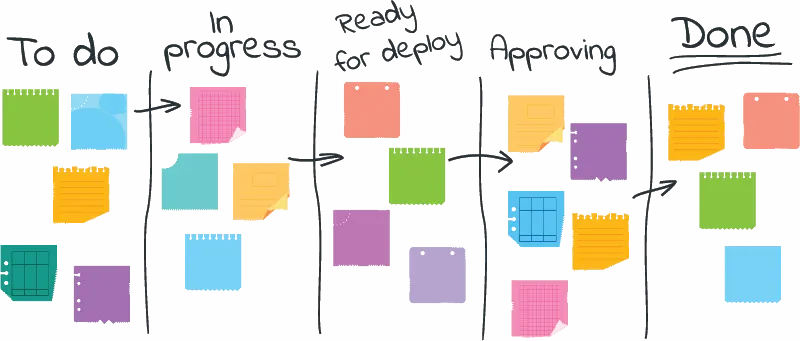
From Diverse Background













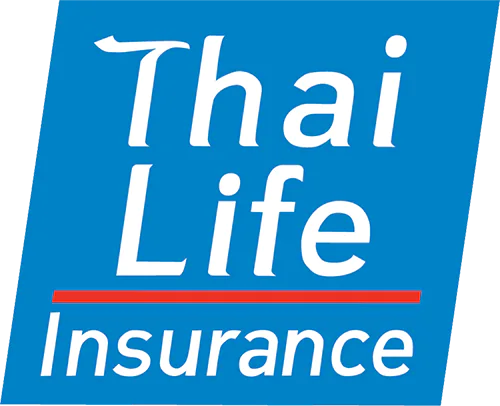
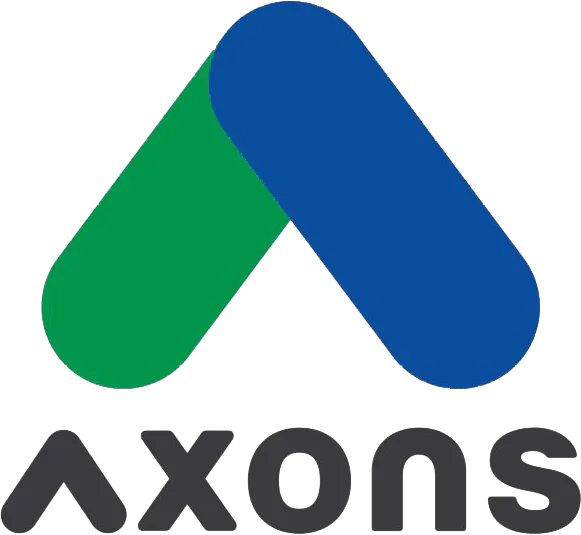

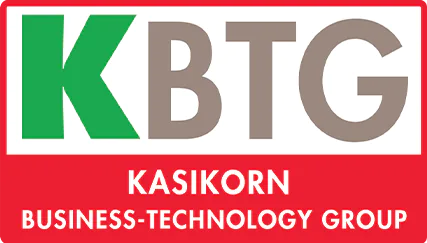





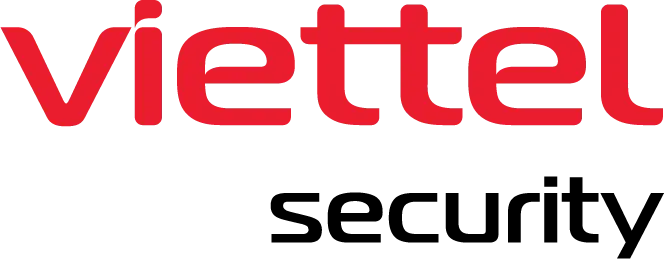

Please contact us to enquire and get more information.
True Scrum is the original Scrum invented by Dr. Jeff Sutherland in 1993 to deliver real business value. Three essentials in Scrum that have contributed to the effectiveness of the entire framework.


Design Thinking be integrated into the Agile development process which is a human-centered approach to problem solving. It focuses on understanding the user and their needs. The process is iterative and non-linear, meaning that teams can revisit stages throughout the process.
Below is the following stages of design thinking:
The key differences between Agile and traditional project management methodologies include:
Overall, Agile provides a framework for iterative development and project management, while Lean Startup focuses on validating assumptions about the product through a Build-Measure-Learn feedback loop. They work well together to develop products that meet customer needs.
Tools and techniques used are a set of 3 roles, 5 events, and 3 artifacts to track progress and ensure project success. These are: